This article was medically reviewed by Luba Lee, FNP-BC, MS. Luba Lee, FNP-BC is a Board-Certified Family Nurse Practitioner (FNP) and educator in Tennessee with over a decade of clinical experience. Luba has certifications in Pediatric Advanced Life Support (PALS), Emergency Medicine, Advanced Cardiac Life Support (ACLS), Team Building, and Critical Care Nursing. She received her Master of Science in Nursing (MSN) from the University of Tennessee in 2006.
There are 7 references cited in this article, which can be found at the bottom of the page.
This article has been viewed 16,617 times.
Ovulation test strips may help to increase your chances of getting pregnant by predicting when you will ovulate. The test strips work by detecting luteinizing hormone in your urine, which surges just before ovulation. Reading ovulation test results can sometimes be challenging because you have to compare the color of the control line and the test line. However, using ovulation test strips properly and following any instructions that came with them will make it easier to tell if you have a positive or negative reading.
Steps
Using and Interpreting Ovulation Test Strips
-
1Dip the end of the strip into a cup of fresh urine. Urinate into a small plastic cup and dip the end of the test strip into it. Don’t dip the strip into the urine past the stop line. Hold the end in the urine for 5 seconds or as long as the instructions indicate.[1]
- Since ovulation test strips are small, it is usually easier to urinate into a small plastic cup and dip the end of the strip into the urine.
Tip: Keep the cup of urine until after you get your result. If the test is missing a control line, then it’s invalid and you’ll need to use a different one.
-
2Place the strip on a flat surface and wait for 5 to 10 minutes. The control line on the test will be visible right away, but the test line needs a few minutes to develop. It usually only takes about 5 to 10 minutes, but check the instructions to be sure.[2]
- Leave the test strip alone while it develops. Don’t pick it up or move it.
Advertisement -
3Identify the control line first to ensure that the test is valid. This line will appear right away since it only requires urine to change. This line does not change based on the luteinizing hormone like the test line does. If there’s no control line, then the test is invalid. Throw it away and dip a new strip into the urine.
- Some kits may also indicate the control line with a letter, such as a “C.” Check your test strip instructions to identify the control line if you’re unsure.
-
4Look to see if the test line is darker than the control line. If the test line is the same color as the control line or darker than the control line, you’re about to ovulate. If you have sex on the day you get a positive result and every day for 2 to 3 days following the positive test, this will help increase your chances of getting pregnant.[3]
- Be aware that ovulation may not happen for 36 hours after your LH surges.
-
5Test again the next day if the test line is lighter than the control line. If your test line was lighter than the control line, your LH is not surging and you have not yet ovulated. Test again the following day and continue to do this until you get a positive result.[4]
- Keep in mind that it may take a few days to a week or longer to get a positive test result, especially if you start testing early.
Increasing Your Chances of an Accurate Result
-
1Read the instructions that came with your test strips. If your ovulation test strips came with instructions or if there are instructions available on the manufacturer’s website, read these carefully to ensure that you’re using the strips correctly. There might be a minor detail that you’ll need to know to use the test strips.[5]
- For example, some test strips may only require 3 minutes to develop, while others might take up to 10 minutes to develop.
-
2Start testing a few days before the midway point of your cycle. Ovulation predictor kits can help you to conceive, but you’ll need to start taking them a few days before you expect to ovulate. Divide the total length of your cycle in half and then subtract 3 days. Start testing on this day of your cycle and keep using the test strips until you get a positive result.[6]
- For example, if your average cycle length is 30 days, then half of that would be 15, and subtracting 3 gives you 12. Start using ovulation predictor strips on cycle day 12 and keep testing until you get a positive test.
-
3Watch for an increase in cervical mucus to begin testing. As soon as your cervical mucus starts to increase, you may be ovulating. Check your cervical mucus daily and track your results.[7] To check your cervical mucus, wash your hands and then insert 2 of your fingers into your vagina. Note the amount, consistency, and color of the cervical mucus.[8]
- Keep in mind that you are usually fertile when your cervical mucus is clear and stretchy, similar to egg whites. If your cervical mucus has taken on this consistency, you may be ovulating. Take a test to check.
-
4Test between 12:00 pm and 8:00 pm. Ovulation predictor kits may be more accurate if you use them later in the day. Luteinizing hormone usually surges in the morning, but takes 4 hours to be detectable in your urine, so taking the test first thing might give you an inaccurate result. Try taking your test between the hours of 12:00 pm and 8:00 pm each day to increase your chances of detecting the surge right after it happens. Make sure to keep your test time consistent to ensure that you don’t miss the surge.[9]
- For example, you could test between 2:00 and 2:30 pm daily, which may be an optimum time to detect the surge if it occurred later in the morning.[10]
Tip: Once you’re nearing your expected ovulation date, you might want to test 2 times per day, such as at 2:00pm and 7:00pm each day. This may help to ensure that you don’t miss the surge.
-
5Wait until you have not urinated for 2 hours to test. Your urine needs to be somewhat concentrated to get an accurate result, so avoid drinking too many fluids before testing. It’s important to stay hydrated, but if you’re pounding water, your urine will be more diluted than usual. This may lead to an inaccurate result.[11]
- Don’t drastically reduce your fluid intake to concentrate your urine. Drink water when you’re thirsty to stay hydrated.
- Some test kits recommend testing in the morning for more concentrated urine, but this is not always necessary.[12]
-
6Opt for a digital readout test for an unmistakable result. If you’re struggling to tell if the ovulation predictor strips are positive or not, you might want to try using a digital ovulation predictor test instead. Digital tests will tell you that you’re ovulating or not ovulating, so you won’t have to compare the color of the lines or wonder if you read the test properly.[13]
- You can purchase a digital readout test in a drugstore, grocery store, or online.
- Keep in mind that ovulation predictor kits can be expensive compared with the cost of ovulation test strips.
Warnings
- Avoid drinking excessive fluids as this may give you a false negative result.⧼thumbs_response⧽
- Don't use your first morning urine to test or you may get a false positive result.⧼thumbs_response⧽
- Be aware that ovulation test strips may not be accurate if you have irregular periods, polycystic ovary syndrome, or if your taking certain medications, such as fertility drugs, hormones, or antibiotics.[14]⧼thumbs_response⧽
- Talk to your doctor if you're under 35 and you've been trying to conceive for 1 year or longer without success. Women over the age of 35 should see their doctor after 6 months of trying to conceive without success, and women over 40 may want to see their doctor right away to confirm if they are ovulating and undergo additional tests if needed.[15]⧼thumbs_response⧽
References
- ↑ https://flo.health/getting-pregnant/trying-to-conceive/tracking-ovulation/ovulation-kits-guide
- ↑ https://flo.health/getting-pregnant/trying-to-conceive/tracking-ovulation/ovulation-kits-guide
- ↑ https://www.motherandbaby.co.uk/getting-pregnant/trying-to-conceive/ovulation-test-kits-how-to-use-them/
- ↑ https://www.whattoexpect.com/getting-pregnant/ovulation/ovulation-test-strips/
- ↑ https://www.motherandbaby.co.uk/getting-pregnant/trying-to-conceive/ovulation-test-kits-how-to-use-them/
- ↑ https://www.whattoexpect.com/getting-pregnant/ovulation/ovulation-test-strips/
- ↑ https://americanpregnancy.org/getting-pregnant/ovulation-kits/
- ↑ https://www.plannedparenthood.org/learn/birth-control/fertility-awareness/whats-cervical-mucus-method-fams
- ↑ https://www.motherandbaby.co.uk/getting-pregnant/trying-to-conceive/ovulation-test-kits-how-to-use-them/
- ↑ https://www.babycentre.co.uk/a561822/how-to-use-ovulation-test-kits
- ↑ https://www.whattoexpect.com/getting-pregnant/ovulation/ovulation-test-strips/
- ↑ https://americanpregnancy.org/getting-pregnant/ovulation-kits/
- ↑ https://www.whattoexpect.com/getting-pregnant/ovulation/ovulation-test-strips/
- ↑ https://www.whattoexpect.com/getting-pregnant/ovulation/ovulation-test-strips/
- ↑ https://www.pregnancybirthbaby.org.au/trying-for-pregnancy-after-35

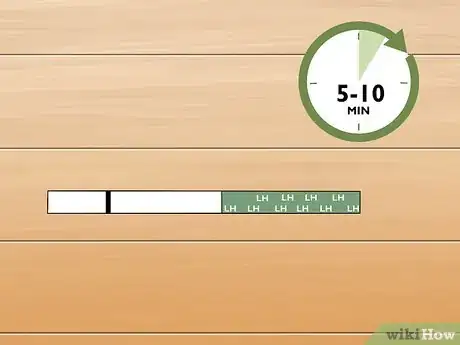
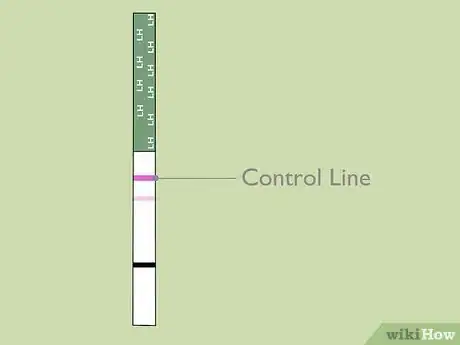
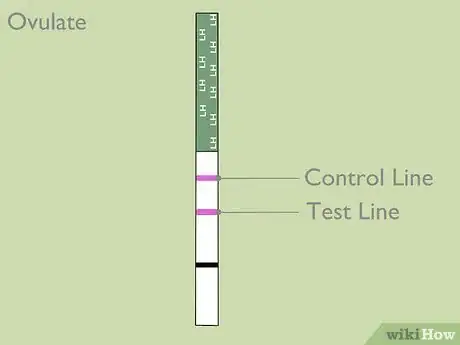
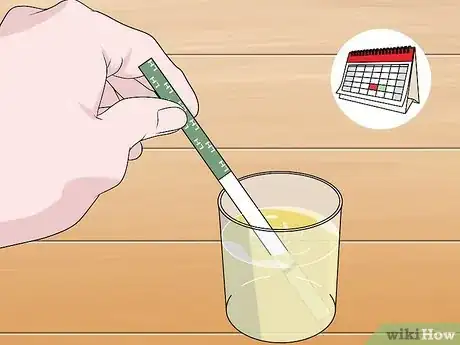
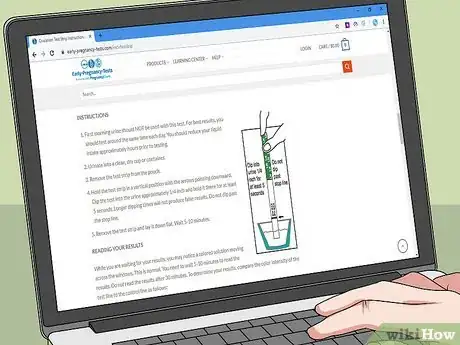
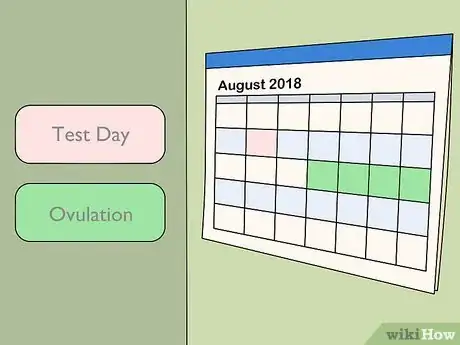
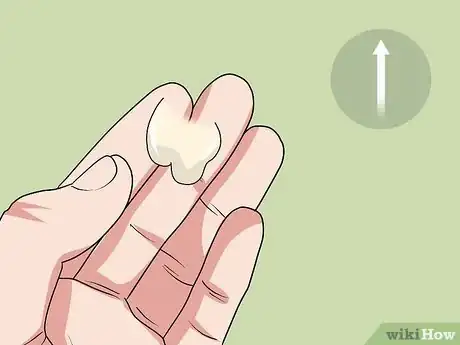
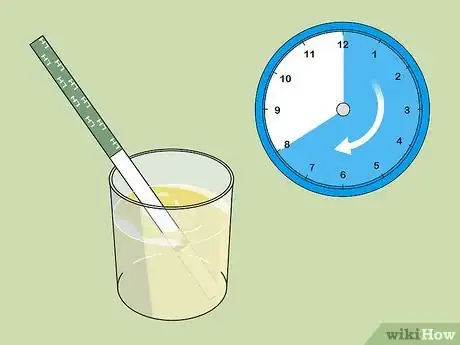

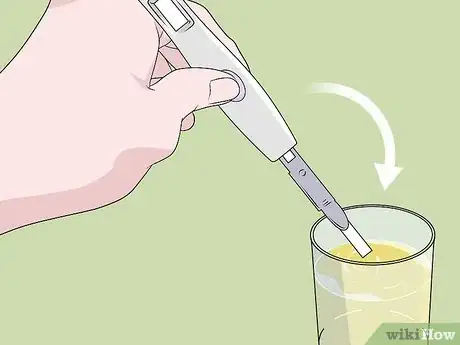


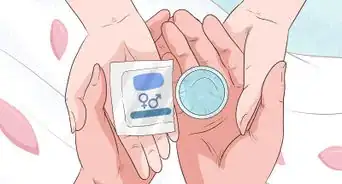


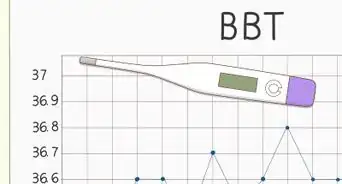

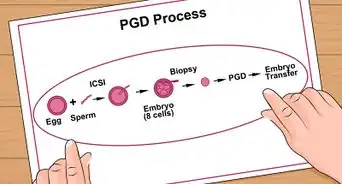


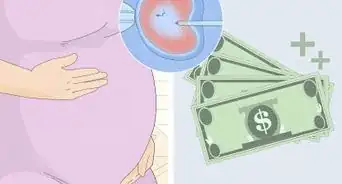










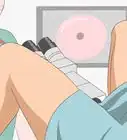






































Medical Disclaimer
The content of this article is not intended to be a substitute for professional medical advice, examination, diagnosis, or treatment. You should always contact your doctor or other qualified healthcare professional before starting, changing, or stopping any kind of health treatment.
Read More...